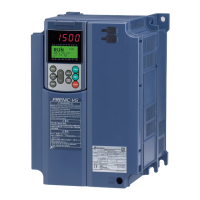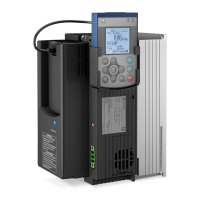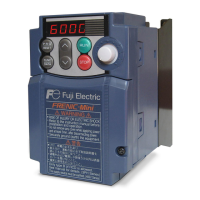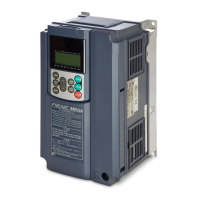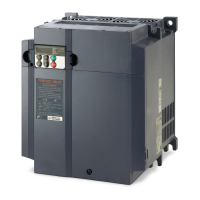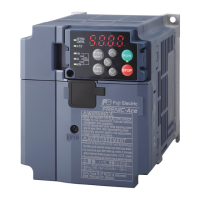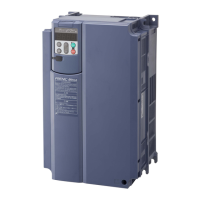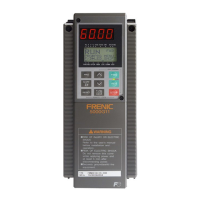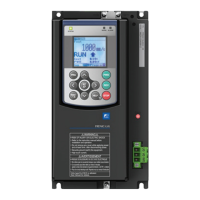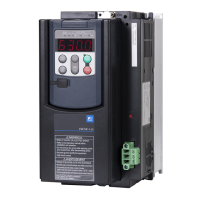A-12
App.B Japanese Guideline for Suppressing Harmonics by
Customers Receiving High Voltage or Special High
Voltage
- Disclaimer: This document provides you with a translated summary of the Guideline of the Ministry of
International Trade and Industry (September 1994). It is intended to apply to the domestic market only. It is only
for reference for the foreign market. -
Agency of Natural Resource and Energy of Japan published the following two guidelines for suppressing
harmonic noise in September 1994.
(1) Guideline for suppressing harmonics in home electric and general-purpose appliances
(2) Guideline for suppressing harmonics by customers receiving high voltage or special high voltage
Assuming that electronic devices generating high harmonics will be increasing, these guidelines are to
establish regulations for preventing high frequency noise interference on devices sharing the power source.
These guidelines should be applied to all devices that are used on the commercial power lines and generate
harmonic current. This section gives a description limited to general-purpose inverters.
B.1 Application to general-purpose inverters
[ 1 ] Guideline for suppressing harmonics in home electric and general-purpose appliances
Our three-phase, 230V inverters of 5 HP or less (FRENIC-Mini series) were the products of which were
restricted by the "Guideline for Suppressing Harmonics in Home Electric and General-purpose
Appliances" (established in September 1994 and revised in October 1999) issued by the Ministry of
Economy, Trade and Industry.
The above restriction, however, was lifted when the Guideline was revised in January 2004. Since then,
the inverter makers have individually imposed voluntary restrictions on the harmonics of their products.
We, as before, recommend that you connect a reactor (for suppressing harmonics) to your inverter.
[ 2 ] Guideline for suppressing harmonics by customers receiving high voltage or special high
voltage
Unlike other guidelines, this guideline is not applied to the equipment itself such as a general-purpose
inverter, but is applied to each large-scale electric power consumer for total amount of harmonics. The
consumer should calculate the harmonics generated from each piece of equipment currently used on the
power source transformed and fed from the high or special high voltage source.
(1) Scope of regulation
In principle, the guideline applies to the customers that meet the following two conditions:
- The customer receives high voltage or special high voltage.
- The "equivalent capacity" of the converter load exceeds the standard value for the receiving voltage
(50 kVA at a receiving voltage of 6.6 kV).
Appendix B.2 [1] "Calculation of equivalent capacity (Pi)" gives you some supplemental information with
regard to estimation for the equivalent capacity of an inverter according to the guideline.
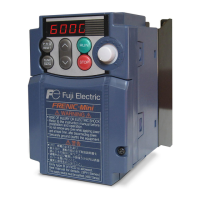
